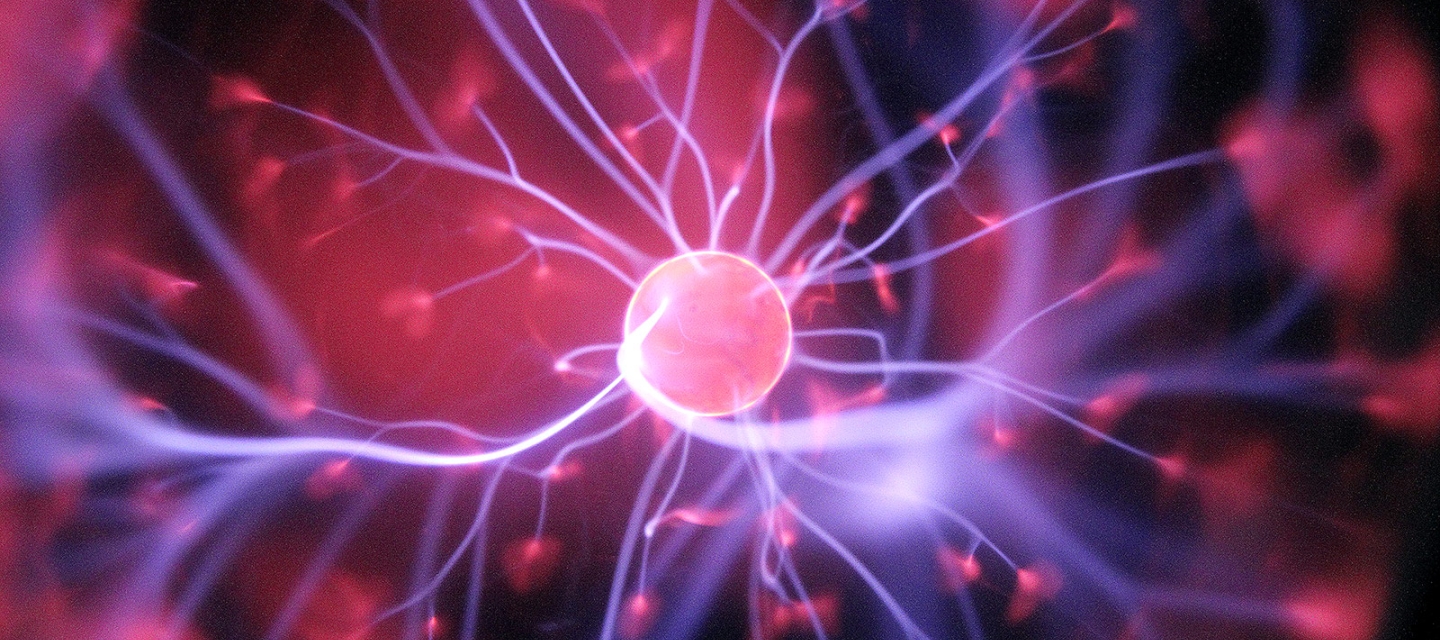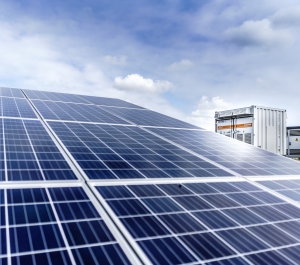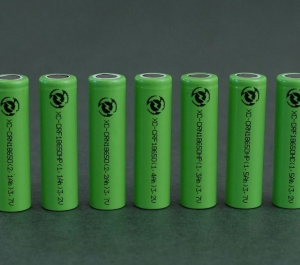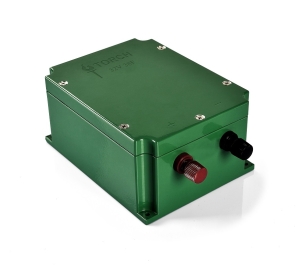

Solar Technologies
Renewable technologies such as solar energy are regarded as clean sources of energy–their proper utilization can decrease the adverse environmental impacts of the power and coal industry, reduce secondary waste, and provide a long-lasting solution to global energy demand. The global energy demand is increasing rapidly, from 15 TW in 2011 to 30 TW in 2050. The development of highly efficient and low-cost solar panels is crucial to tackling the global warming caused by the fossil fuel industry.
To be economically competitive with the traditional power generation by fossil fuels, the cost of solar panels needs to drastically reduce. A so called ‘tandem’ architecture whereby a layer of a revolutionary material called ‘perovskite’ is laid on top of the traditional Silicon material is used to harness a larger spectrum of the sunlight by investing just a bit more for processing costs–leading to ‘more bang for your buck’. As this technology matures, it is imperative to find components in the perovskite that are not toxic and environmentally friendly (the traditional perovskite that gives good efficiency, stability, and low degradation unfortunately includes harmful lead and iodine).
Dr. Ahmed from the Center currently focuses on utilizing intensive computational methods such as density functional theory (DFT) to find the electronic and optical properties of such nontoxic perovskite alternatives which are then used to ‘simulate’ full solar devices and assess impact on their performance. His team also uses various forms of Machine Learning (ML) algorithms to do ‘Accelerated Discovery’ (more on that in the appropriate section from the drop-down menu) in an effort to find the ideal composition.

Battery Technologies
Rechargeable Lithium-ion batteries (LIBs), which are undoubtedly the most popular energy storing devices, are no longer able to adequately meet required energy or safety requirements; additionally, large scale production of LIBs is dependent on raw materials produced in countries with geopolitical risks. Among post-LIB alternatives, rechargeable magnesium-ion batteries (MIBs) offer the best replacement technology. MIBs utilize divalent Mg2+ as charge carriers, which have smaller ionic radii than Li+ while offering a higher volumetric energy density due to the capability of storing two electrons per ion, and the natural advantage of utilizing earth abundant materials.
Dr. Ahmed from the Center currently focuses on utilizing computational methods such as classical Molecular Dynamics (MD) to probe the viability of intercalation and deintercalation of MIB ions in various traditional and non-traditional electrode materials together with executing temporal studies to assess stability and degradation of these systems.

Supercapacitor Technologies
Electrical double layer capacitors (EDLCs) store energy in the form of electrical charges at the interface between an electrolyte and a high surface area electrode. As their energy storage mechanism relies on physical interactions, EDLCs have high power densities with millions of charge-discharge cycles, unlike batteries which are often limited by slow charge and mass transfer kinetics. Despite these advantages, widespread adoption of EDLCs has been restricted due to their limited energy density. Optimizing their energy storage performance is thus desirable to promote EDLCs’ competitiveness in energy storage applications.
Dr. Ahmed, in collaboration with Prof. Betul Uralcan at Bogazici University in Turkey, is using various techniques such as quenched molecular dynamics (QED) together with classical MD to probe various electrolyte/electrode systems to assess structure-property relationships in an effort to increase energy density. Various novel procedures have been developed to realistically investigate charging and discharging processes to gain granular insights in both spatial and temporal evolution.
Collaborative projects within the Center
Through CISNN’s collaborative activities, Dr. Ahmed will collaborate with Dr. Pathak to fabricate solar, MIB battery and supercapacitor devices to validate insights gleaned from the various computational and ML based techniques. Dr. Ahmed will collaborate with Dr. Qian and Dr. Hunter to explore economic viability models of the various technologies to assess how the traditional markets can be disrupted and sustained across not only Western New York (WNY), but New York State, the larger continental US, and the globe. Lastly, Dr. Ahmed will collaborate with Dr. Shauku to critically understand and delineate the Ethical, Legal, and Social Implications (ELSI) of launching any of the new Clean Energy technologies, taking into consideration the materials that are being used, and the mode of such a disruption.
It is important to mention here that a bulk, if not all, of these research projects will intimately involve undergraduate and graduate student researchers. The Center’s vision hinges critically on this hands-on approach for not only creating a versatile workforce with cross-cutting skill sets, but in producing mature world citizens in the fields of science, data science, social science, and policy.

